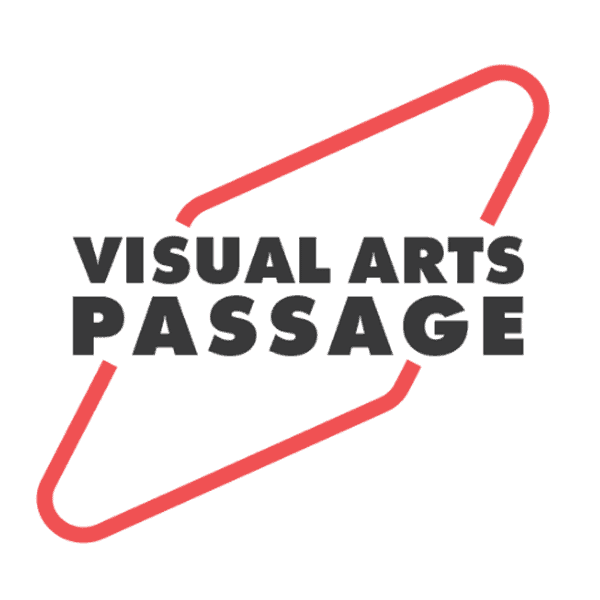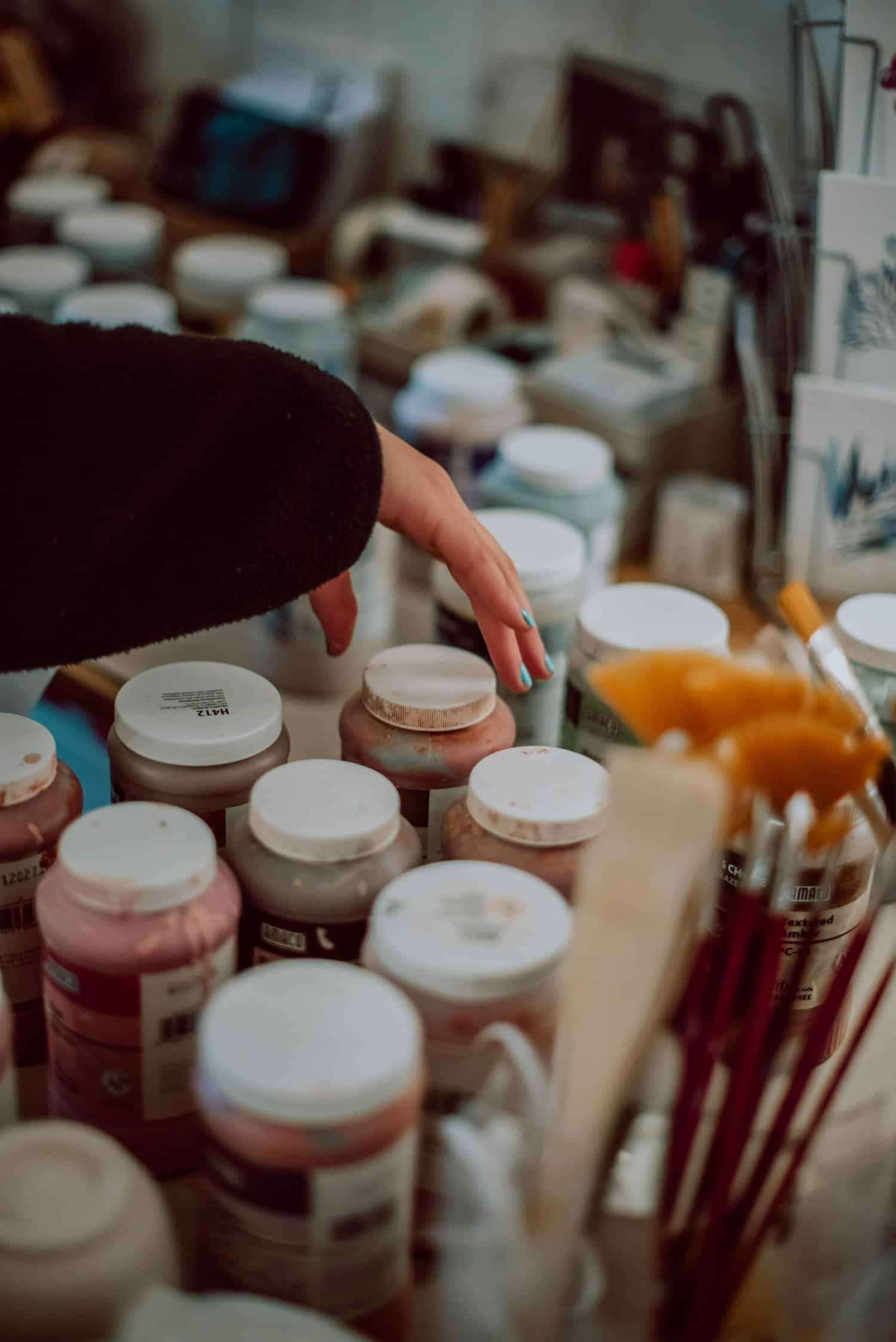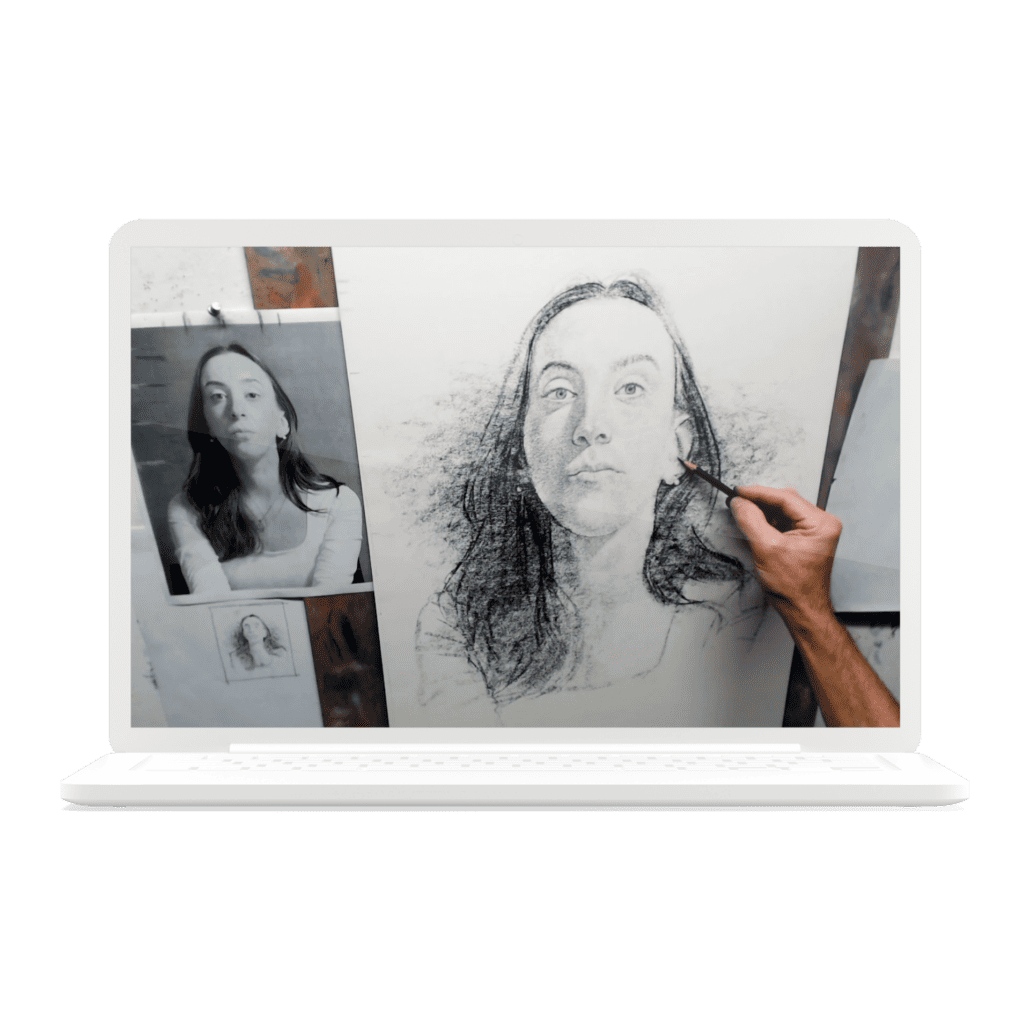Researching Schools

Maximize your potential by examining the best art schools and liberal arts colleges tailored to your interests, aspirations, and preferred location. While exploring different art programs, pay close attention to factors such as faculty, curriculum, and alumni success levels. Dive deep into school websites, read reviews, and even attend open houses to get a feel for the campus and the artistic community.
Don’t forget to reach out to faculty members in your desired department for more information, especially if you are one of the prospective students. They can provide valuable insights into the program, and connecting with them early in the process can make a great impression.
Researching Application Requirements
Each art school comes with unique application requirements, hence it’s vital to acquaint yourself with these specifics for every program under your consideration. Typical components of a successful application include:
- Academic transcripts
- SAT/ACT scores
- A letter of recommendation
- An art portfolio
- A personal statement
When it comes to letters of recommendation, think beyond just your art teacher. Other teachers can also highlight your strong work ethic, expertise in a certain subject, and helpful attitude towards other students. Make sure to provide them with a “brag sheet” highlighting your accomplishments and qualities to make your recommendation shine.
A head-turning portfolio can result in reduced tuition

A strong portfolio is more than just a ticket to art school – it’s also a potential key to unlocking financial benefits. Showcasing your artistic capabilities, originality, and enthusiasm in your portfolio can make you a top candidate for merit-based scholarships and other forms of financial aid, ultimately reducing your tuition costs.
Investing time and effort into creating a standout portfolio can boost your odds of acceptance.
Crafting Your Art Portfolio

Building a standout art portfolio involves carefully selecting artwork that displays your unique style, technical abilities, and creative ideas. Each piece should showcase:
- Your mastery of various techniques and mediums
- Your originality
- Your diversity of work
- Your personal expression
- Your growth potential
Don’t forget to invest in high-quality reproductions of your work, as these images can make or break your portfolio. And, of course, double-check your artist statement for any spelling and grammar errors, as this powerful tool allows you to showcase your unique approach to art and highlight your specific artistic achievements.
Technical Skill

Demonstrating technical mastery in your art portfolio is essential for impressing admissions officers. Showcase your ability to apply basic and advanced art principles, paying close attention to detail, and ensuring that all of your work is free from sloppiness and mistakes.
Showcasing your technical skills substantiates your foundational aptitude necessary for success in art school and in the future.
Originality
Art schools, including private art school and art colleges, are looking for students who stand out from the crowd, and one way to do that is by showcasing your originality in various art forms. This means highlighting your unique artistic voice and demonstrating your creative ideas in your work. Taking art classes, such as those offered at a Rhode Island school, can help you develop these skills and make your portfolio stand out. In this context, art education, as well as art history, plays a crucial role in shaping your artistic abilities.
Doing so will leave a lasting impression on admissions officers and demonstrate your innovative spirit necessary to excel in the art field.
Diversity of Work
A diverse portfolio not only showcases your range of skills but also highlights your versatility as an artist. Include a variety of styles, subjects, and mediums in your portfolio to demonstrate your ability to adapt and explore new artistic territories.
A well-rounded portfolio will show admissions officers that you’re open to experimentation and growth as an artist.
Personal Expression
Your art portfolio is a chance to express your personal experiences, emotions, and perspectives through your work. By doing so, you’ll create a deeper connection with the viewer and show admissions officers that your art is a genuine reflection of who you are as a person.
Remember, the best art comes from the heart, so don’t be afraid to let your true colors shine.
Growth and Potential

Life drawing class with Visual Arts Passage illustrators and painters
In addition to showcasing your current artistic abilities, your portfolio should also demonstrate your growth and potential for future development. This can be done by including pieces that reflect your artistic journey, as well as highlighting areas where you’ve improved over time.
By showing that you’re committed to honing your craft and reaching your full potential, you’ll prove to admissions officers that you’re a valuable addition to their art program.
Presenting Your Portfolio
Once you’ve carefully selected and curated your artwork, it’s time to present your portfolio in a professional manner. Ensure that your portfolio is well-organized, with high-quality images and a clear structure and layout.
Presenting your work in a refined and visually pleasing manner will optimize your chances of leaving a lasting impression on admissions officers and earning a spot at your dream art school.
How do you build a great portfolio
Creating an exceptional art portfolio requires dedication, practice, and a commitment to consistently produce compelling artwork. This segment explores diverse strategies and resources to assist you in building a standout portfolio that paves the way to success in the art realm.
To achieve this, focus on strengthening your foundational skills and utilizing educational resources to continue improving your artistic abilities. Keep in mind that quality is more important than quantity, so prioritize showcasing your best work in your portfolio.
Use educational resources to improve your skills
There are numerous educational resources available to help you take your art skills to the next level. These resources can help you hone your craft.
For optimum use of these resources, establish feasible goals, practice consistently, and stay receptive to feedback.
Limited availability: Visual Arts Passage offers a free Foundations of Drawing and Painting Course. View Course Here.
Don’t miss out on the opportunity to enroll in the limited-time Visual Arts Passage free Foundations of Drawing and Painting Course. This amazing workshop, among other art courses, covers essential skills for creating stunning visual art and is taught by industry-leading professionals, offering hands-on assignments and immersive lessons.
You’ll learn composition, color theory, perspective, and more, providing you with a solid foundation to create a standout portfolio.
Building foundational skills is critical to consistently creating compelling artwork
Developing strong foundational skills in drawing, painting, and design is crucial for crafting consistently remarkable artwork. By focusing on these core skills, you’ll be better equipped to effectively communicate your artistic vision and create work that truly stands out.
Remember, a great portfolio starts with a strong foundation, so invest the time and effort to master these essential skills.
The value of making a great impression with your portfolio
The value of a great portfolio extends beyond impressing admissions officers. A standout portfolio can result in reduced tuition and a more affordable art school experience, making it a wise investment in your future as a professional artist.
This segment discusses the financial implications of attending art school and the role of a standout portfolio in saving on tuition costs. Keep in mind that attending art school is an investment in your future, offering you the opportunity to:
- Learn the latest art techniques
- Build a network of contacts in the industry
- Access top-notch equipment
- Join an inspiring artistic community.
Understanding Tuition and Fees
Understanding the costs of attending an art school, including tuition, fees, and living expenses, is essential before committing to an art program.
Be sure to research the specific schools you’re interested in for the most accurate and up-to-date tuition information.
A great portfolio can help reduce tuition
Showcasing your artistic capabilities and originality in your portfolio could open doors to merit-based scholarships and other financial aids, ultimately lowering your tuition costs.
Some art schools even offer tuition discounts for students with exceptional portfolios, so be sure to put your best foot forward when crafting your portfolio, especially during events like National Portfolio Day.
Art school is not worth crippling debt
Art school can offer remarkable opportunities for growth and success, but it’s vital to measure these benefits against the potential debt you might incur. If necessary, explore alternative educational paths such as online courses, apprenticeships, or self-directed learning to continue honing your skills without the burden of crippling debt.
Summary
Getting into art school may seem like a daunting task, but with the right preparation, research, and a stellar portfolio, you can turn your artistic dreams into reality. Remember to showcase your technical skill, originality, diversity of work, personal expression, and growth potential in your portfolio, and take advantage of educational resources to continue honing your skills. With dedication and perseverance, you’ll be well on your way to a successful art school experience and a bright future in the world of art.
Frequently Asked Questions
Do you need to be good at art to go to art school?
Although natural talent is a plus, you don’t necessarily have to be an already great artist to attend art school. You’ll need to hone your craft and gain experience through courses and workshops to prepare yourself for the program.
How do you get into art school in the US?
To get into art school in the US, you need to have a high school GPA, take standardized tests, provide letters of recommendation, present an art portfolio, and write a personal statement. Start now to achieve your dream!
How to make a portfolio for art?
Build your art portfolio early, include artwork that highlights your strengths, avoid mistakes like including too many pieces or over-explaining each piece, keep it simple and professional, and make sure to follow the criteria closely while also showcasing your technical ability. Focus on quality rather than quantity and get outside advice.













